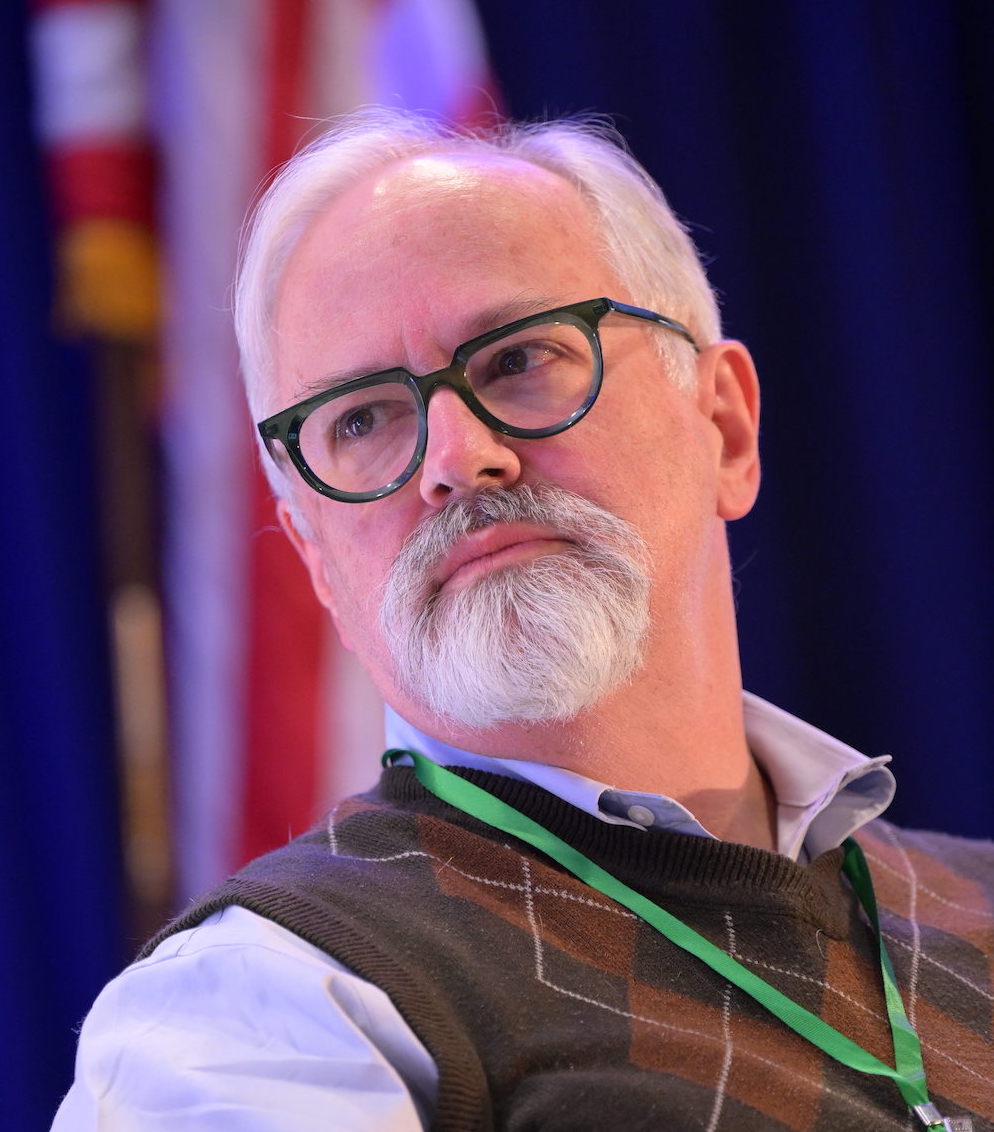Minneapolis Fed Expands Economic Survey to All Native Tribes
The Federal Reserve Bank of Minneapolis has officially rolled out its Survey of Native Nations to every federally recognized tribe, aiming to fill significant gaps in economic data concerning Indian Country. This initiative was announced during a panel at the 10th anniversary of the Center for Indian Country Development (CICD), a research and policy institute dedicated to tribal economies.
Importance of Comprehensive Data
Gerald Gray, Chairman of the Little Shell Tribe of Montana, emphasized the survey’s value, stating, “Without this data, it would cost us hundreds of millions of dollars.” The tribe, which participated in the survey’s pilot phases, uses the data for various economic planning purposes at local, state, and federal levels.
Development and Expansion of the Survey
Over two years, the CICD developed the survey infrastructure, initially focusing on tribal governments in Montana in 2023, before extending to tribes in the Pacific Northwest and the East Coast by 2024. The pilot phases gathered data from the fiscal year 2022, part of a broader initiative to make economic data more accessible to tribal governments.
Addressing Data Challenges
Phil Gover, a senior project manager at the center, highlighted the inadequacies of public data sources in capturing tribal economies. Traditional datasets often overlook tribal geographies, and data protection methods can obscure information about smaller communities. The survey aims to overcome these issues while respecting tribal data sovereignty, allowing tribes to control their data and its usage through agreements.
Empowering Tribal Economies
Gover noted, “In times of federal funding uncertainty, understanding how funds flow locally helps tribes plan and advocate effectively.” The data provides insights into how tribal governments influence local economies and identify service gaps.
Building Trust and Collaboration
Trust was crucial in developing the survey, as past data collection efforts in Indian Country have sometimes been misused. Amber Schultz-Oliver, executive director of the Affiliated Tribes of Northwest Indians, praised the CICD’s patient and collaborative approach, focusing on impactful metrics for tribes.
Collaborative Efforts and Participation
The center collaborated with the Affiliated Tribes of Northwest Indians and the United South and Eastern Tribes to expand the survey during its second pilot phase, involving eleven tribes from nine states between September 2024 and April 2025.
Comprehensive Reporting for Tribes
Participating tribes receive reports with three sections: a profile of the tribe’s geography and demographics, fiscal comparisons with local governments, and anonymized data from other tribes for benchmarking.
Supporting Tribal Decision-Making
Kitcki Carroll, executive director of United South and Eastern Tribes, emphasized that the survey aids tribal decision-making beyond grant justification. “This is about empowering tribal governance with data to make informed decisions for their communities,” Carroll stated.
Participation and Contact Information
Tribes interested in joining the survey can reach out to the Center for Indian Country Development via their website. Participation requires tribal leadership approval and coordination with finance staff, with no costs beyond the time needed to complete the survey.

